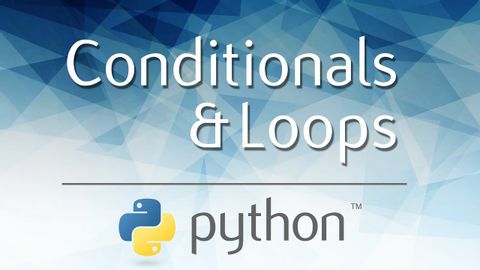条件文とループ (Conditional Statements and Loops)
林宜悉 が 2021 年 01 月 14 日 に投稿  この条件に一致する単語はありません
この条件に一致する単語はありませんUS /səˈfɪstɪˌketɪd/
・
UK /səˈfɪstɪkeɪtɪd/
- adj.話をより複雑にする;洗練された
- v.t.洗練させた
US /ˌsɪtʃuˈeʃən/
・
UK /ˌsɪtʃuˈeɪʃn/
US /ˈpræktɪs/
・
UK /'præktɪs/
- n.仕事;練習すること;慣習
- v.t./i.開業;従う;練習する;実践する
US /ˈstrʌk.tʃɚ/
・
UK /ˈstrʌk.tʃə/
- n. (c./u.)構造;建物
- v.t.組み立てる;組織する
エネルギーを使用
すべての単語を解除
発音・解説・フィルター機能を解除

